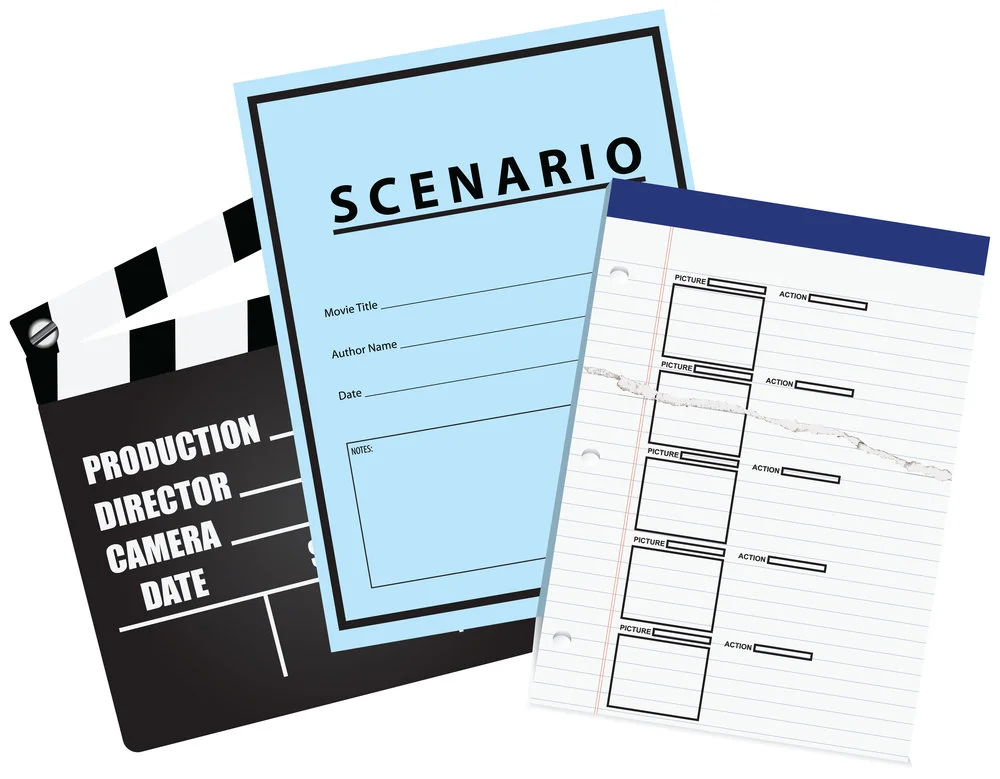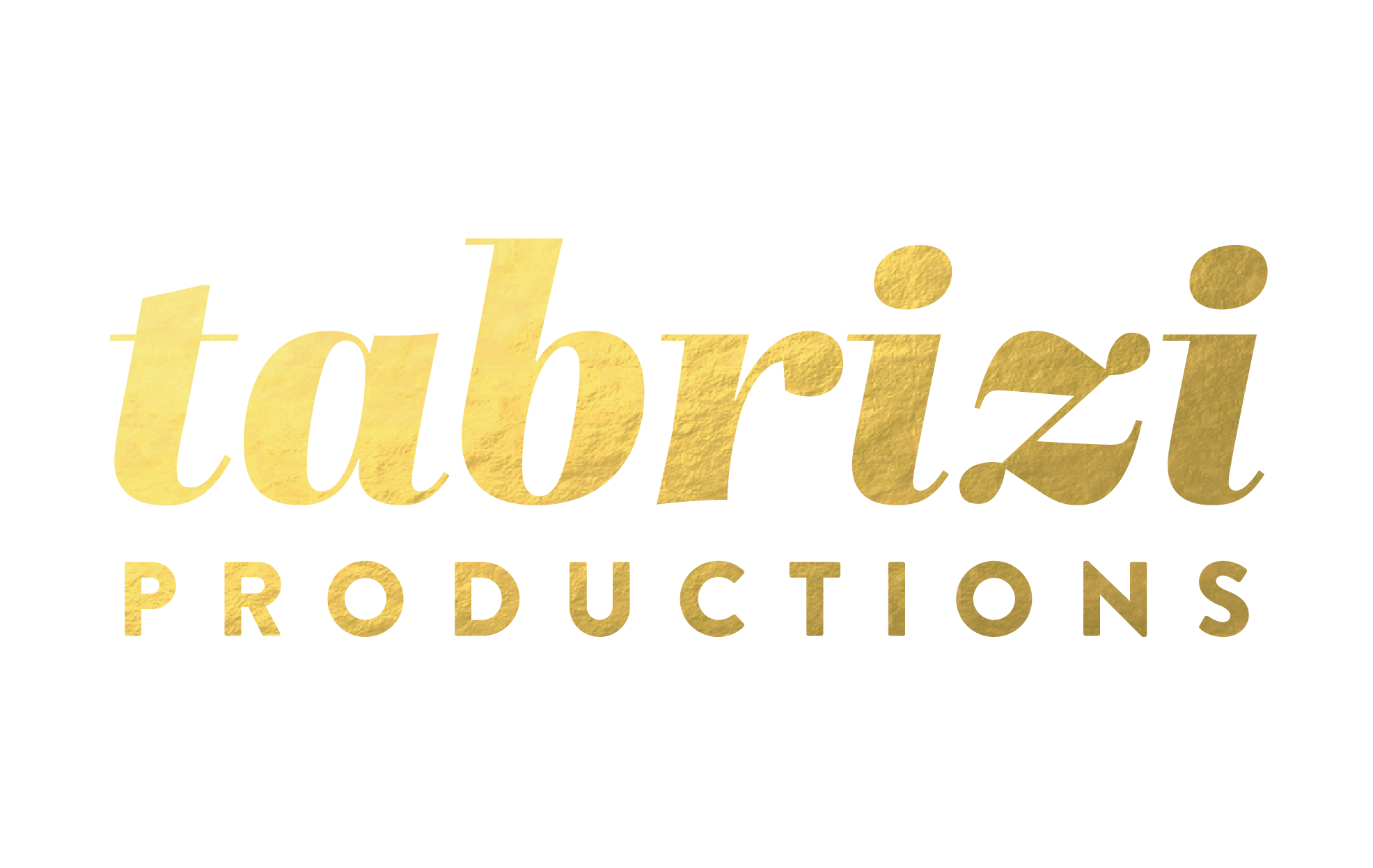We’ve covered a lot of angles on the video production process from deciding what kind of video you want, to creating the story, to the equipment you’ll need. Now, we’re going to move from behind the camera to in front of it and look at auditions and the casting process.
How To Hold Auditions
For performers, the audition process quickly becomes a well-known routine of nerves and anticipation. But for the people sitting on the other side of the table – directors, producers, choreographers, stage managers – the motions of finding the right person (or people) to bring their vision to life can be just as nerve wracking.
A great audition process is one that is not only professional, pleasant, well-organized and quick, but one that’s also set up to attract a healthy turnout and wide variety of casting choices for a successful final production.
Here are 14 steps to holding successful auditions from entertainment writer and Broadway critic Angela Mitchell.
1. Secure a space for auditions that fits your needs.
If you’re casting the next big thing, you may need to accommodate hundreds of hopefuls at your auditions. But depending on the size of your project, you’ll likely only be dealing with a few dozen people. A local music room or practice space will be perfect, set up with a separate area for performers who are waiting apart from the active auditioners. You may want an additional private area with tables and chairs where you and your partners can discuss the actor’s performances as well.
2. Make a list of the most important roles you are holding auditions for.
List the characters along with their age ranges, genders and other potentially helpful information, but don’t let yourself get locked in by these parameters. Get rid of your preset ideas about what your character looks like (or even their gender) and see what happens during the audition process. You may find the perfect surprise.
Once you’ve listed all your roles, rank them according to importance and expected difficulty to cast. Make supplemental lists of supporting characters who can be easily cast from those who do not make the cut for lead roles.
3. Write a dynamic casting call.
A strong casting call is important because it is the fist point of contact between you and your potential actors. It will determine the way your project is perceived and actors will be quick to judge your project based on the professionalism – a careless casting call could be seen as a precursor to a careless production.
To attract a higher turnout, make sure your call for auditions includes as much information as possible like:
Name of your organization or group
Name of the show to be cast
Brief description or show tagline
Names and descriptions of characters to be cast
Whether this is a union or non-union production
Other casting opportunities (supporting characters)
Date, time and place of auditions
Expected dates of production, rehearsals, etc.
Contact information (name, e-mail address, phone number)
Be clear about what you are looking for, and keep your character descriptions concise. Remember to stick to the spirit of the character and avoid preconceptions.
If you did not write the script, make sure you read it before holding auditions. If you’re inviting actors to come in and perform a scene, you need to be an expert on the story – understand their character, the emotion of the scene and the context of the scene you’re giving them. Actors may have questions, and it’s important that you be able to answer them.
4. Be clear about what
to prepare and bring to
auditions.
Traditionally this includes a prepared monologue and/or song, a resume of credits and experience, and a recent head shot. Also be clear about attire. If there is going to be any kind of special movement involved like dancing, let the performers know so they can dress accordingly.
5. Promote auditions
early and often.
Try to give at least three weeks notice before auditions are held so that attendees can work it into their schedule. Popular promotional ideas include:
Announcements on your website, newsletter and in an official press release from your organization (if applicable)
A press release to local newspapers and performing arts press, both online and off
Posting your audition date, time and other information on Twitter
Sharing details of the auditions on your Facebook page and groups
You may also want to go old school and design flyers to be posted at local hot spots for performers like:
Music and drama schools (professional, college and high schools)
Local community colleges
Karaoke or piano bars
Popular coffee shops or bars
Local open mic locations
6. Create and print an information sheet for all
auditions.
Bring a stack of copies to your auditions and make sure you have enough for everyone. This is where participants should list their preferred roles, availability, special talents, credits and more.
7. Arrive early to your own auditions.
On audition day, show up with your associates at least 30 minutes early to set up your table or area and prepare. Make sure any signs or flyers are posted to help guide the way to your location, in big clear lettering.
If necessary for your production, make sure you have a piano and accompanist present for the entire audition period. If you are having your participants read a scene from your script, make sure you have a reader to perform the alternate lines. Consider stocking a cooler with bottled water or sports drinks inside for anyone who may get overly nervous or stressed.
If you feel an actor is overly tense or nervous, allow them at least one “risk free” take where they know they can do whatever they want with the space and their interpretation of the lines.
Bring extra pens and pencils for participants and have them fill out the information sheet, then return it to you with their resume and head shot.
8. Be respectful during the auditions.
Quietly conferring with your partners for a moment or two is natural, but respect the participant’s performance while speaking or singing and hold any longer conversations for when they’re finished.
Those who have been on the other side of the table have many stories about how frustrating it can be to audition for someone who is distracted, dismissive or uninterested. Make sure you give all auditions your polite and professional attention, and thank each person when they’re through.
9. Keep the auditions
moving.
Save your lengthy discussions for callbacks, and try to hold each participant to the same amount of time. If necessary, ask for alternate monologue or song choices from any performers you want to see more range from, but stay focused and keep as close as possible to your time limit in order for the auditions to flow smoothly.
If you can, try to see each participant for 15-30 minutes. This gives you enough time to talk about the production, make the actor feel relaxed, run through the lines a couple times, or even ask them to try the role of another character.
Take clear written notes and record the audition process if you can to dedicate more time to reviewing the performances later. As much as you like to think you’ll remember your favorites, it can be difficult after watching dozens of auditions in a row.
10. Prepare for callback auditions.
After auditions, organize the forms of your most promising performers by potential part for callbacks. If you are positive that you found what you were looking for during the initial audition process, a callback isn’t necessary. However, if you find yourself doubting, or waffling between multiple performers for crucial roles, don’t hesitate to ask them back to showcase additional work.
11. Contact the performers you want to attend callback
auditions.
Make sure you reach out directly with information on where and when they should show up. Be pleasant, brief and professional – don’t overpromise or discuss the performer’s previous audition or chances at a role in your production.
12. Conduct callback auditions with the same
organization and focus.
For callback auditions, try not to focus too much on cold readings. Instead, pay attention on the actor’s choices in their performance like physical movements or tone of voice. Ask your performer to perform the same piece several different ways to judge how well they can take direction, and the range of their abilities.
13. Make your final
decisions.
Meet with your partners, if you have any, for a last look at your casting decisions, and make sure that whomever you’re casting will meet the necessary criteria. Can they meet the physical requirements of the character like dancing, tumbling or lifting other actors?
14. Contact those who
auditioned with the results.
For those who didn’t make the cut, give the bad news first and then the good. For example, let them know that while you decided to go in a different direction for the role, perhaps they would be interested in an alternative role?
For those who didn’t make the cut at all, be pleasant, regretful, kind and – most importantly – brief. Thank them for auditioning and let them know that you hope to see them again for future productions.
Ready to start filming? Let Tabrizi help!
Do you have your script and cast set, or are you still in the middle of creating a project from scratch? No matter where you are in the process Tabrizi Productions can lend professional assistance and years of experience to your production. Contact us today to go over your project and learn what we can do for you!






